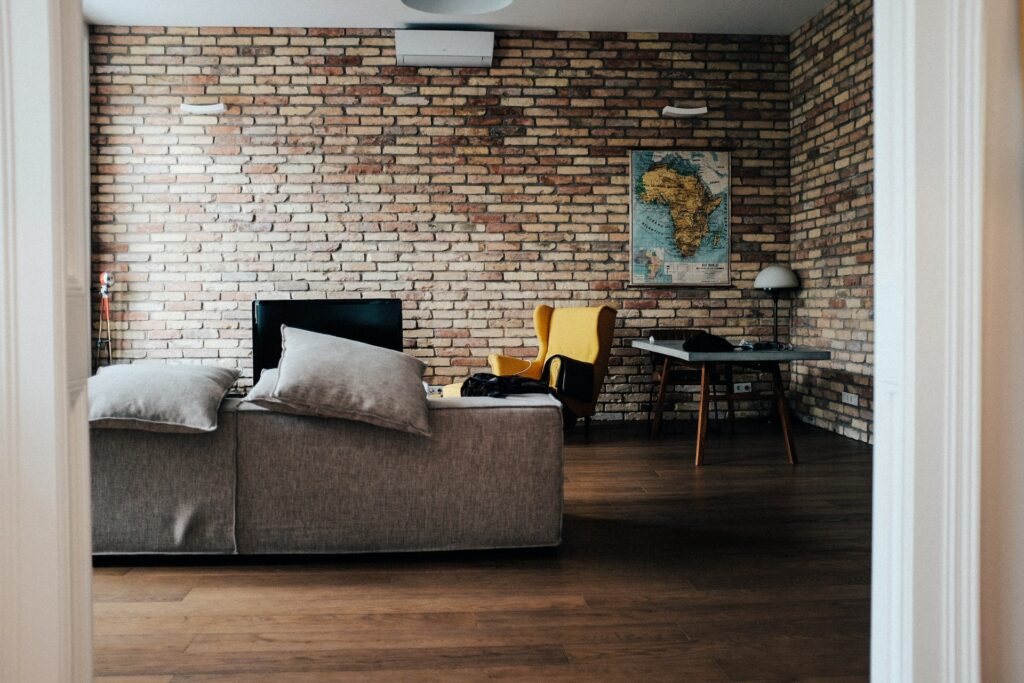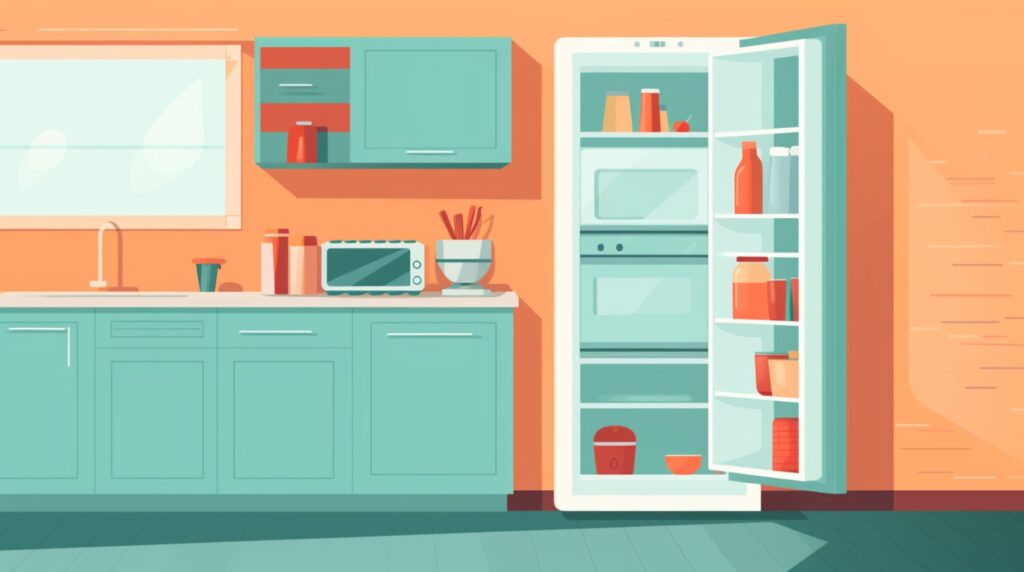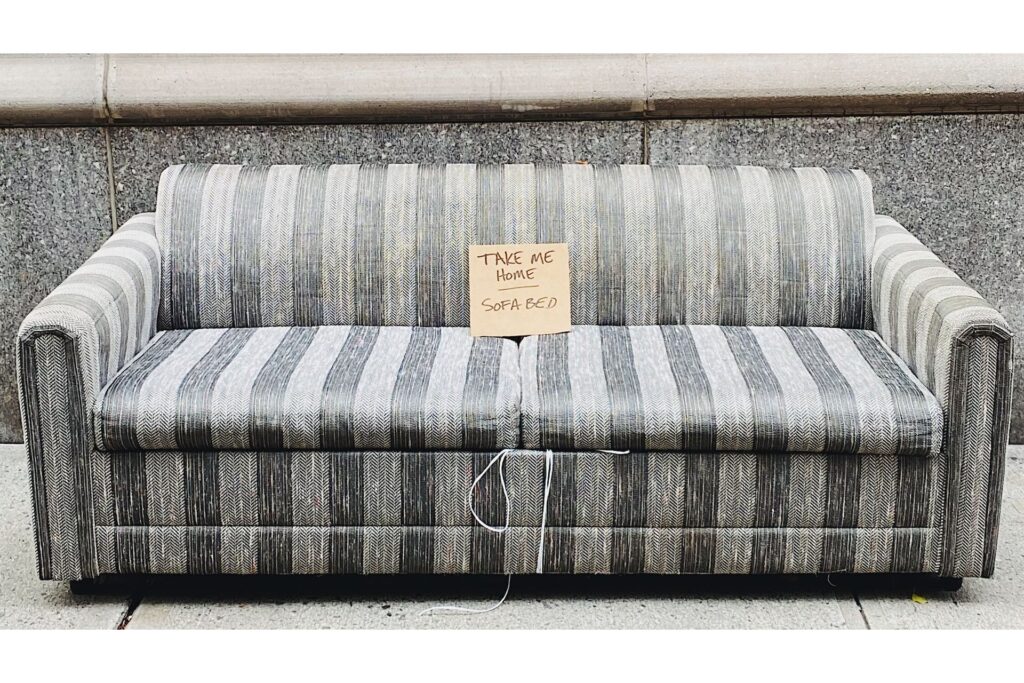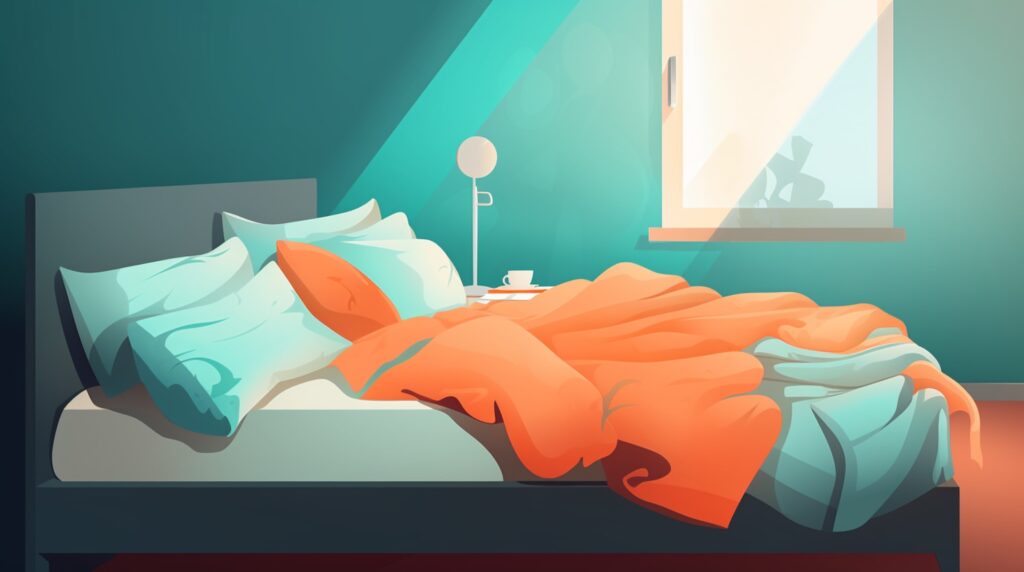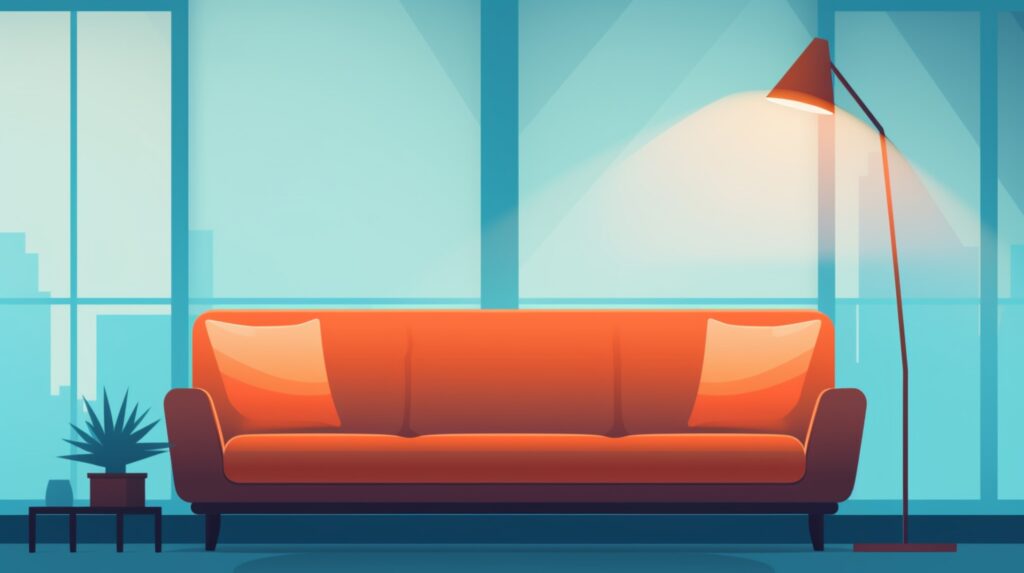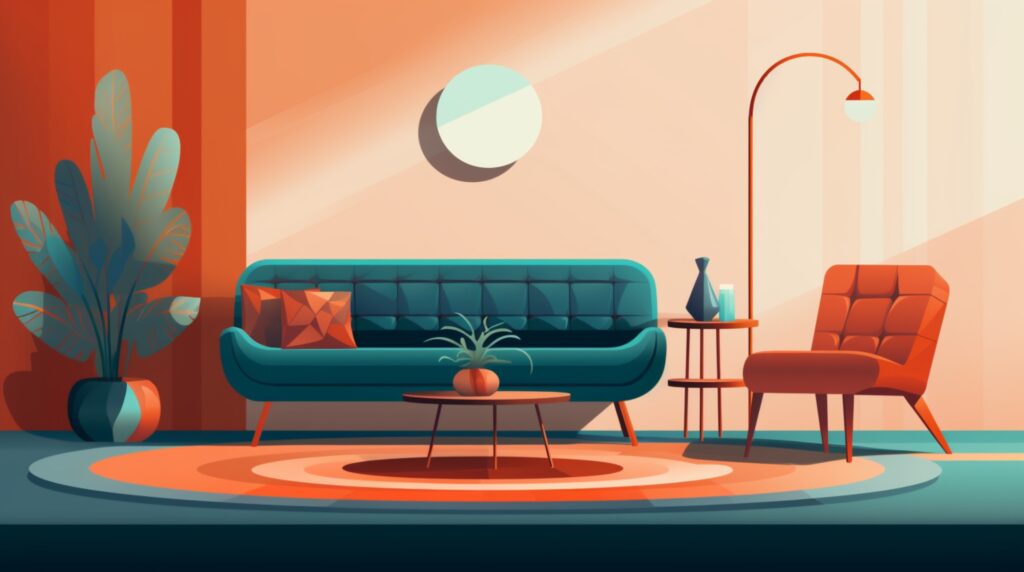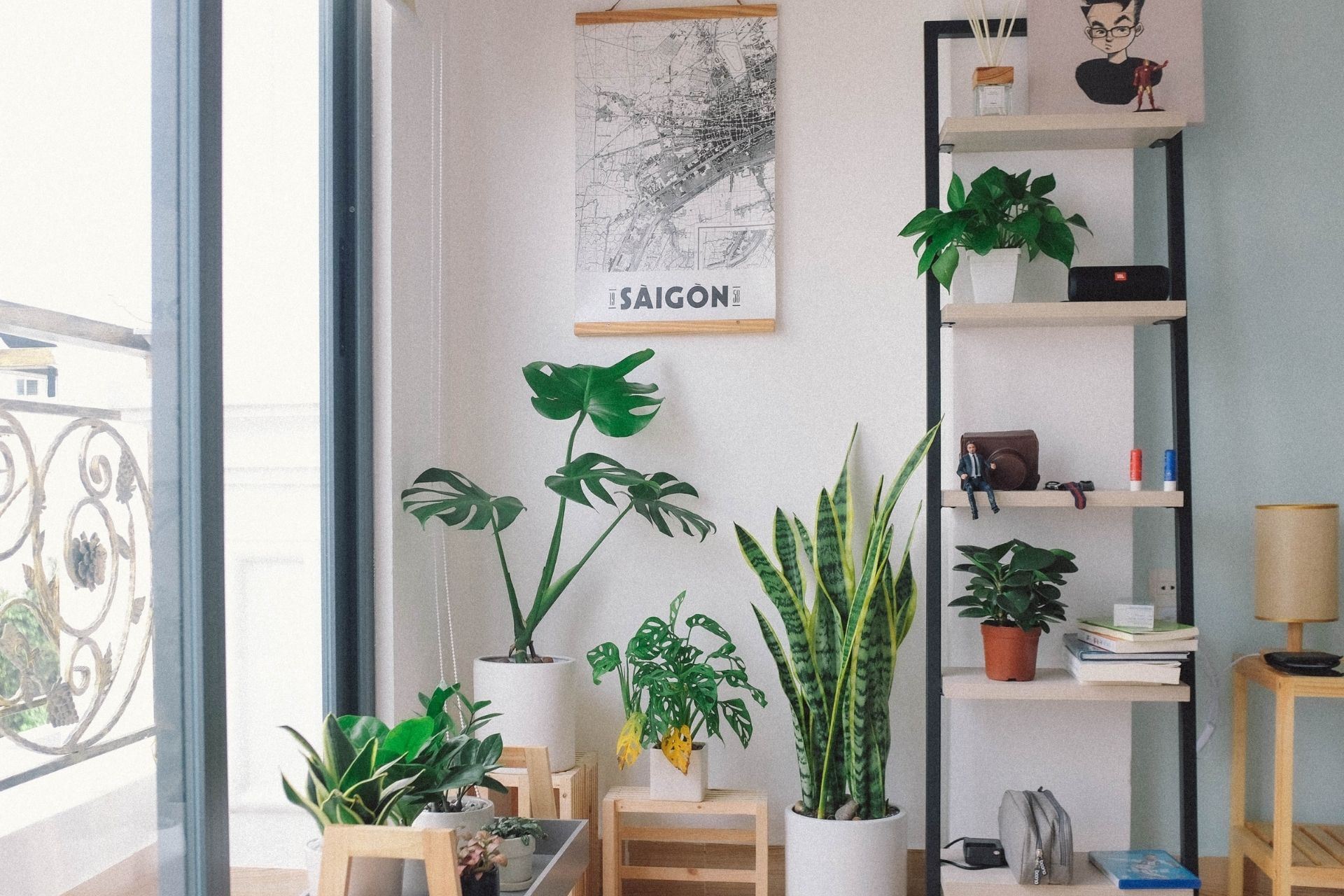
We are reader-supported. When you buy through links on our site, we may earn an affiliate commission.
Based on data from the Environmental Protection Agency (EPA), Americans spend, on average, 90% of their time indoors. While is necessary, especially during the cold winter months when days are shorter, there are benefits to going outdoors. Being outside can lower your stress levels, reduce the risk of developing cancer and even help you live longer.
Consider the world we live in today. Today’s outdoor environment largely consists of the built environment. Many people live in urban areas that lack natural elements, like grass, trees and beautiful bodies of water. Consider New York City, otherwise known as the “concrete jungle.” How can people connect to nature when they’re surrounded by skyscrapers, highways or bridges?
Because the COVID-19 pandemic has people spending most of their time indoors, it’s no surprise that homeowners and apartment dwellers alike are looking to improve the interior design of their living spaces. Currently, one popular trend many people are turning to is biophilic design.
This post provides more information about biophilic design – specifically what it is, the benefits it can offer and some ways you can consider incorporating it into your home.
What is Biophilic Design?
Biophilic design is gaining popularity in the architectural and interior design industries. It originates from the word “biophilia,” which means the innate human instinct to connect to and with nature and anything alive. The term biophilia has Greek roots and its literal translation is “love of life.”
Biophilic design plays on the human instinct and evolutionary need to be close to the natural world. It’s often described as the “architecture of life.”
Because of lifestyle changes and technological advancements, it’s no surprise that it has become more challenging for the average person to feel connected to the natural world.
The ultimate goal of biophilic design is to bring nature to the public and private spaces we occupy daily, and accomplishing this can do wonders for us physically and mentally. Biophilic design, in recent years, has become a popular form of interior design because of the benefits it can provide.
The Benefits of Biophilic Design
Moreover, biophilic design can benefit us in multiple ways. Terrapin Bright Green, a sustainability consulting firm, created an in-depth report titled “14 Patterns of Biophilic Design,” which explains some of the main benefits of biophilic design.
According to the report, biophilic design can:
- Reduce stress;
- Enhance creativity and clarity of thought;
- Expedite healing; and
- Improve our well-being.
Much like the sounds of ocean waves crashing on a shore or a crackling fire, biophilic design is among these natural experiences that make us feel good and can even captivate us.
The benefits listed above are becoming more important, especially as the world urbanizes. While living in a digital world comes with benefits, it draws us farther away from nature, which has its downsides.
Because not every homeowner or apartment owner has an ocean or beautiful landscape in their backyard. It can be more challenging to connect with nature. However, biophilic design can solve this problem, as it brings natural elements inside the home.
5 Ways to Bring Biophilic Design Into Your Home
While a key concept of biophilic design is bringing nature into the home, it’s also important to recognize that you can include elements that mimic the natural world. Objects, textures, colors and shapes all play a role in biophilic design. The goal is to stimulate all of the senses through art, furniture, architecture and décor.
So, if you or someone you know is interested in incorporating a biophilic design into their living space, then follow some of the tips below.
1. Natural Light Exposure
Exposure to daylight can have positive effects on human health. According to the Lighting Research Center in Troy, New York, daylight supports comfort, productivity and provides mental and visual stimulation that can regulate human circadian rhythms. This means you can get through a tough workday and sleep better at night.
One added benefit of daylight exposure in your home is that it can lead to energy conservation. Lighting in buildings accounts for more than 15% of all electricity generated in the U.S. Keep your lights off during the day and open your curtains up for natural light to seep into your home.
2. Prioritize Fresh Air Ventilation
Keeping windows open in your home allows fresh air to circulate and prevent indoor air pollutants from impacting your health. Unfortunately, most heating and cooling systems do not bring fresh air into the home, according to the EPA.
By increasing the amount of outdoor air entering your home, you can lower the concentrations of indoor air pollutants, thus improving your home’s air quality. Even opening your windows for a couple of minutes, even during the winter, can help you achieve a biophilic interior design. Relying on fresh air can help you connect with nature more easily.
3. Hang Artwork Depicting Natural Settings
There are many ways you can include natural decor on your walls. With so many wallpapers to choose from, opt for an aesthetically pleasing one with natural colors. Artwork of nature can help reduce stress, and they’re enjoyable to look at. They can even be a good talking point when guests gather in your home.
Consider printing any photos you have of nature, or browse online or at local retail stores so you can add scenes of wilderness to your home’s interior. Websites like Etsy, Wayfair and Pinterest should spark your imagination, so spend some time finding the right piece that will inspire you and those in your household.
4. Use Furniture Made With Natural Materials
Wood, clay, cork, rattan and wool are some natural materials you can consider when furnishing your home. It adds depth, character and charm to your home, as these types of furniture use various textures. In addition, furniture made with natural materials is usually better for the environment.
Think about the furniture you already own — how can they mimic nature? Can they be retrofitted in any way? Now is the time to use your creativity! Consider incorporating natural furniture into your home, whether it’s a wooden table, a bamboo nightstand, or a rattan chair.
5. Add Houseplants and Greenery
Whether you consider yourself a plant parent or you’re new to collecting plants, adding greenery to your home is an essential component of biophilic design. There’s no shortage of online design ideas regarding plants and vegetation. Plants add character to a room, and because there are so many plant varieties out there, the possibilities are endless.
Additionally, there are specific types of air-purifying plants you can include, such as:
- Barberton Daisy;
- Spider Plant;
- Weeping Fig;
- English Ivy; and
- Peace Lily.
There are plenty more to choose from, so don’t limit yourself to this list. Try tapping into your creativity and have fun selecting plants for the interior of your home.
Remember, biophilic design isn’t growing a patch of grass in your living room — it’s using a variety of interior design elements to reinforce your connection to nature. However, incorporating it into your home does not require a large space or a hefty budget. There are many simple ways to include biophilic design elements without overspending or renovating your home.
Consider Using a Biophilic Design in Your Living Space
Incorporating a biophilic design into your home will benefit you, your family and any guests you invite over. There are clear mental and physical benefits that come with biophilic design. As mentioned above, consider setting a realistic budget before making any purchases. Making minor changes to your home can help you achieve a biophilic design without sacrificing aesthetics.



